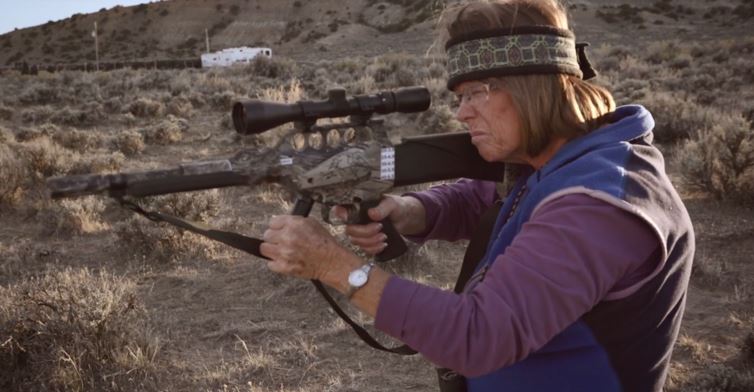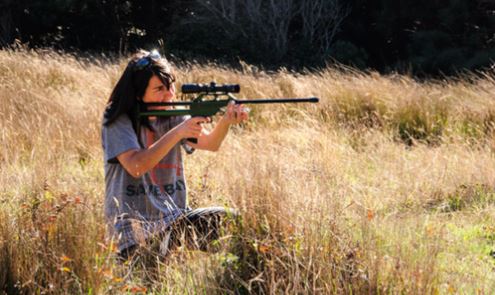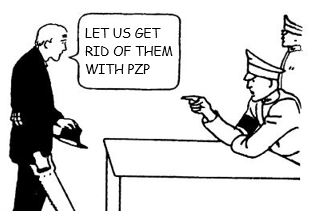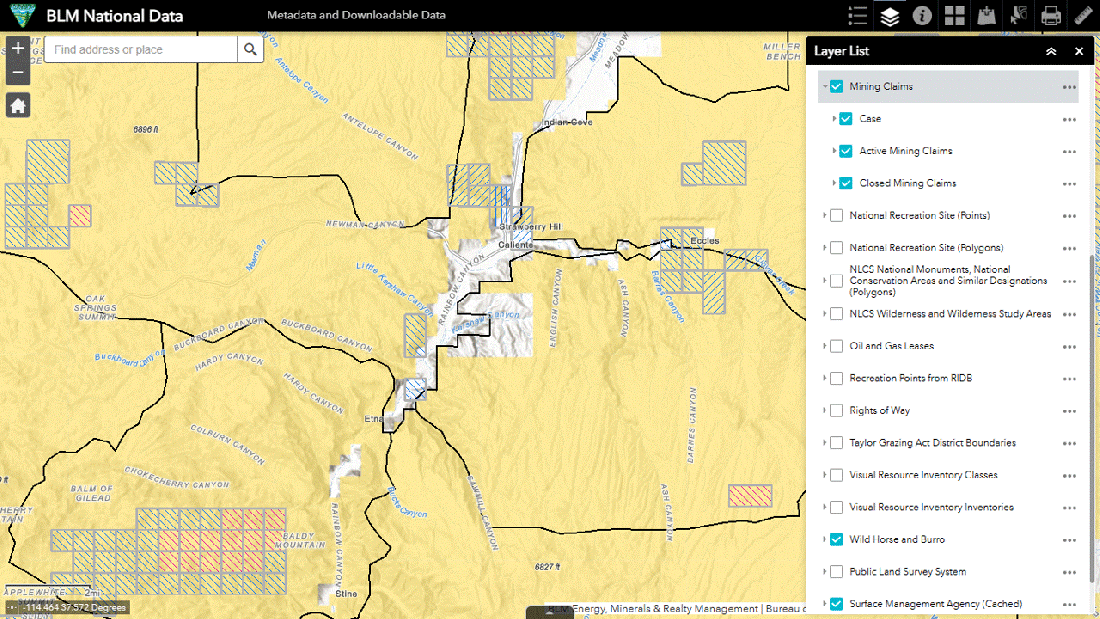We know you’re frauds.
We know you’re obsessed with pesticides.
We know you’re in cahoots with the bureaucrats and ranchers.
We know you want the ranchers to win.
Stop taking money from well-meaning individuals who actually care about the horses.
Publish your donor lists.
Stop referring to cherished wild horses when you mean pests.
Stop saying mares living longer when you mean abnormal sex ratios.
Cut the “Stay Wild” crap when you mean “Stay Barren.”
Stop complaining about genetic diversity and inadequate herd sizes when you’re driving the breeding populations into the single digits.
Stop saying in-the-wild management when you mean nonmotorized removal.
Stop calling them vaccines when you know they’re pesticides.
Stop calling them reversible when you know they destroy ovaries.
Stop saying conservation when you mean eradication.
Stop saying protection when you mean sterilization.
Stop saying preservation when you seek total herd collapse.
Stop talking about families as you snuff out new life.
Stop looking to their future while you’re praying for the older horses to die.
Stop talking about keeping them in balance with their environment when most of their food has been given to the ranchers.
Today, you’re celebrating sterility, not fertility.
You give death an unfair advantage over life, and your allies appreciate what you do.
Happy No-Mothers Day.
File under: Charlatans.


















